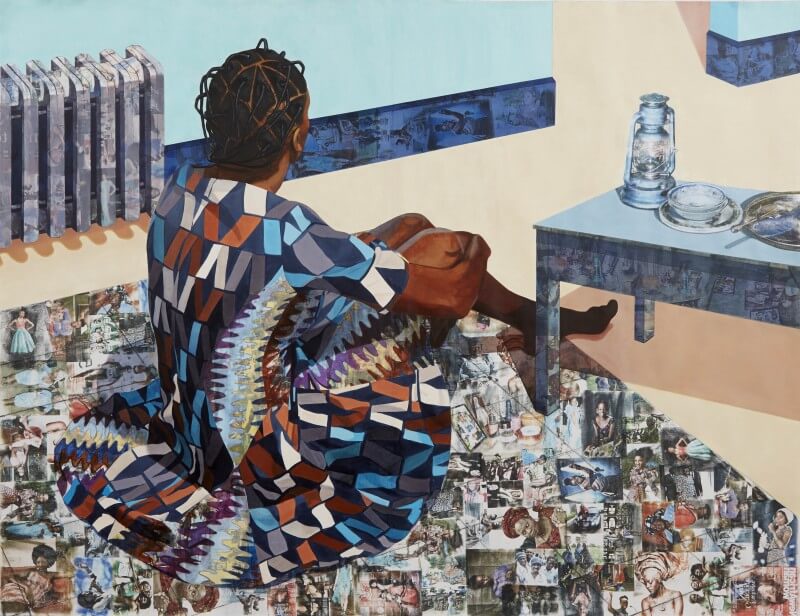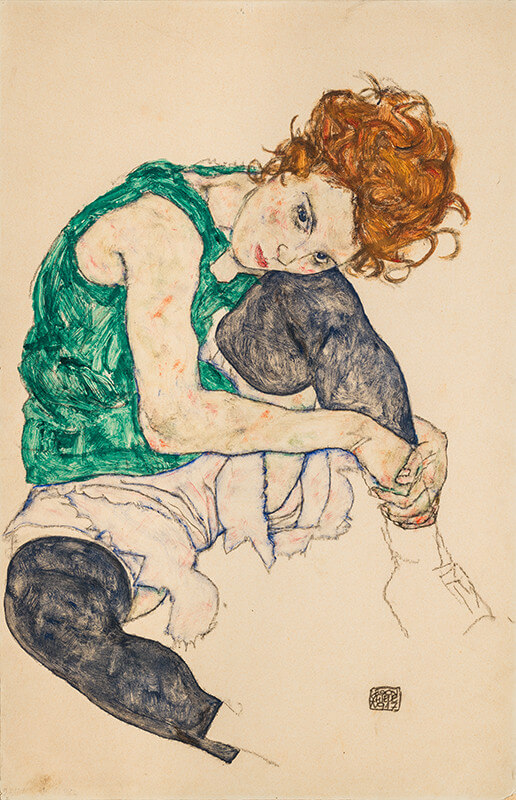Watercolor, with its transparency and fluid nature, offers an ideal foundation for combination with other artistic media, leading to the creation of multidimensional and expressive works. This combination expands the artist’s capabilities, providing new tools for conveying depth, texture, and meaning.
Ink is one of the most widely used media combined with watercolor. The use of waterproof ink after the application of color allows for the addition of clean, dynamic lines, while watercolor over an ink sketch softens the outline and adds atmosphere. This combination is ideal for illustrations, city scenes, or narrative works.
Collage is another powerful way to enhance watercolor. The incorporation of cut-out papers, newspapers, or textures into the surface of the work before or after the application of color creates interesting contrasts and emphasizes areas of the composition. Collage can strengthen the narrative element or introduce new levels of texture and form.
Other media, such as graphite, pastels, or even natural pigments, can be selectively used to highlight details, add depth, or create contrasts with the transparency of watercolor. Success in using mixed media relies on observation, experimentation, and understanding the properties of each material, leading to works that go beyond traditional watercolor.

Njideka Akunyili Crosby, “The Beautyful Onesare not yet born” (2013)
Akunyili Crosby incorporates watercolor with collage and ink. In this work, watercolor creates transparent backgrounds, while the collage of photographs and the ink add cultural details and depth.
Georgia O’Keeffe, “Blue and Green Music” (1919)
O’Keeffe combined watercolor with pastel and graphite for abstract interpretations. In “Blue and Green Music”, watercolor creates transparent layers, while pastels add texture and depth.


Egon Schiele, “Seated Woman with Bent Knee” (1917)
Schiele used watercolor with ink and graphite to emphasize form and expression. In this work, watercolor softens the figure’s skin, while ink adds bold outlines.
Olga Barmazi, “Autumn in the Garden” (2022)
Barmazi combines watercolor with India ink on Arches paper, creating an atmospheric scene with poetic sensitivity. The watercolor renders softly transparent transitions, while the India ink delicately defines the forms, adding intensity.


Pablo Picasso, “Still Life with Chair Caning” (1912)
Picasso combined watercolor with ink and graphite.





